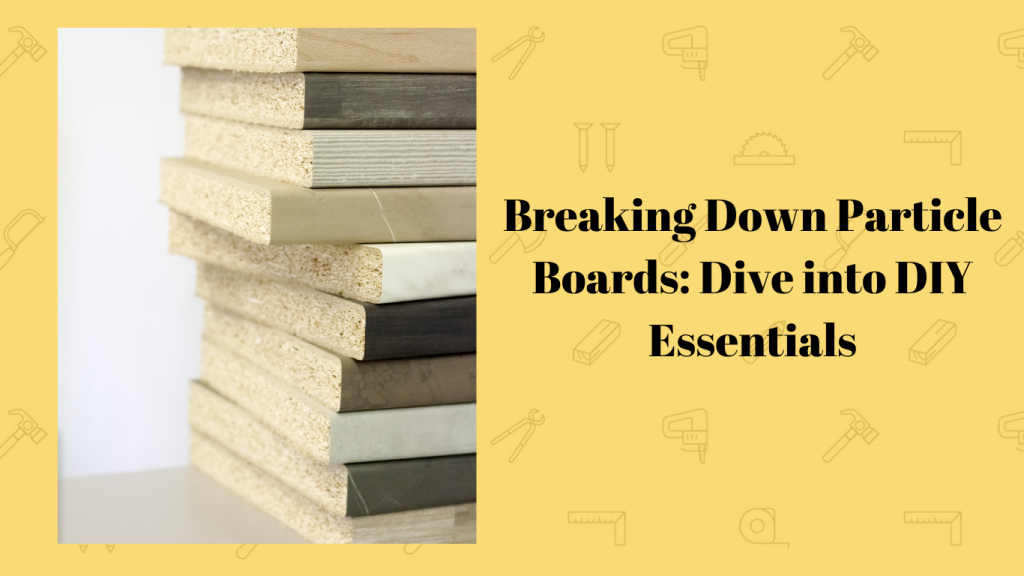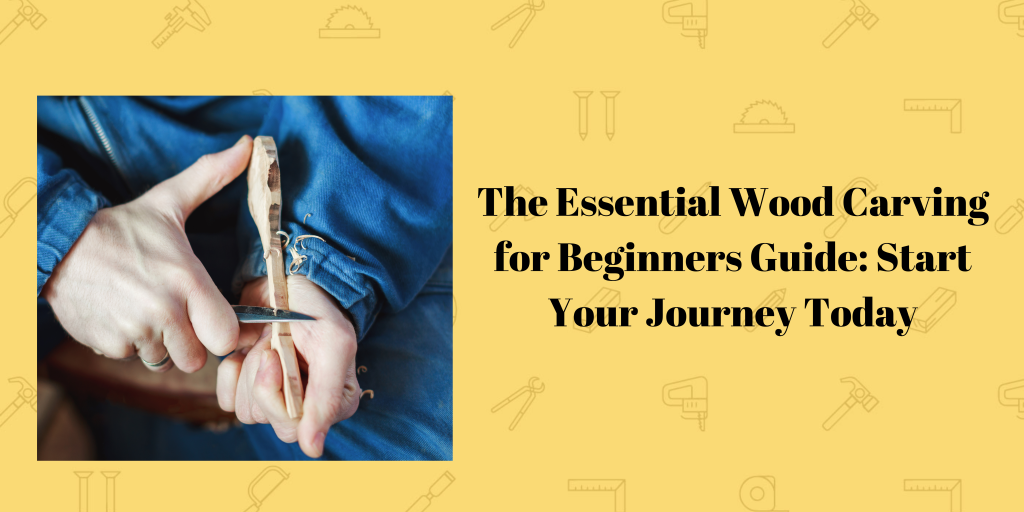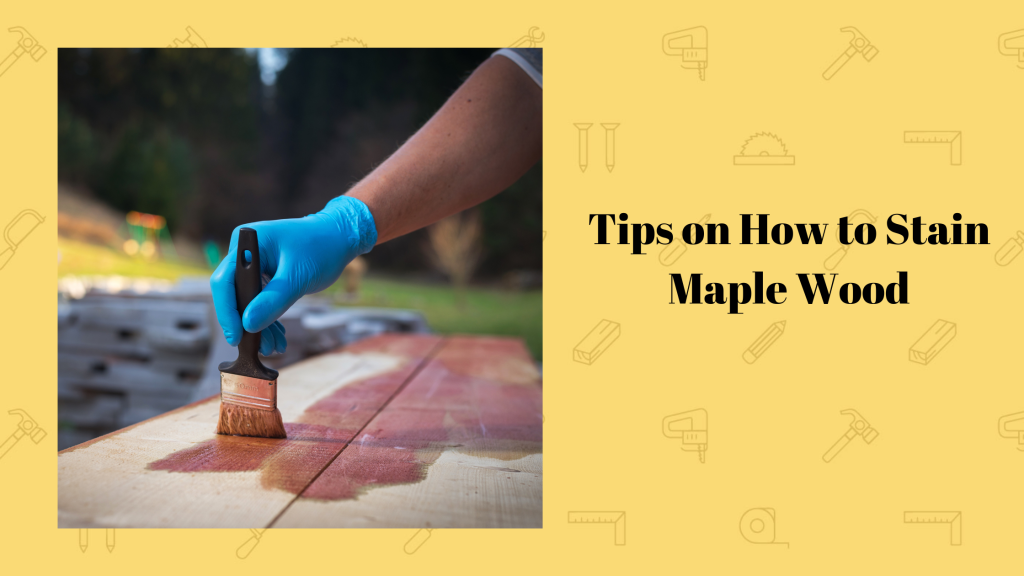What do flat-pack furniture and budget renovations have in common? You guessed it, our very own cost-effective star of the show – particle boards!
While not quite as famous in the manufactured wood world as their distant cousin, plywood, particle boards continue to play an enormously crucial role in DIY projects of all stripes. Whether you need a great deal of lumber for a good price or have decided to make a conscious aesthetic decision, particle boards have accrued many loyal enthusiasts over the years.
Below, I’ll briefly overview particle boards, explain some of their uses, and compare how they measure up against competitors like plywood and MDF!
What Are Particle Boards?
The easiest place to start is addressing the elephant in the room: What are particle boards?
In essence, particle boards are engineered wood from a process where wood fibers (including paper, shavings, sawdust, etc.) are heated and compressed into a denser, more construction-friendly form and texture.
While not quite as robust as conventional wood, particle boards are much cheaper and can still play a key role in many construction and woodworking projects. Don’t be fooled by their modest appearance; particle boards are like the superheroes of affordable construction – mild-mannered but packing a punch!
If you’ve ever wondered, “What is chipboard?” it may help to know that it’s merely a different name for particle boards. You’ll also sometimes see it called pressboard, but pressboard is derived from a completely separate manufacturing process.
It turns out engineered woods, unfortunately, have a lot of sneaky aliases!

Where Are Particle Boards Used?
You might expect from their less durable nature that particle boards only have limited uses.
But that’s not the case at all!
Particle boards can act as a crucial ingredient in various projects. For example, they are optimal for outdoor construction in hotter areas, as they hold up well against higher temperatures.
They are also an excellent alternative to more expensive hardwoods for your woodworking creations, whether creating a storage closet, a backyard bench, or wherever your woodworking proclivities lie.
If you’re wondering how to seal particle boards, one effective option is to use a wood filler, like the Gorilla All Purpose Wood Filler.
From IKEA’s ever-popular Billy bookcases to your home’s flooring, particle boards are the silent partner in crime!
Pros and Cons of Particle Boards
Okay, so we’ve got the matter of what particle boards are (and why people have used them for over a century!) settled.
But what are the real pros and cons of particle boards?
Let’s start with the benefits and then move on to the drawbacks:
Advantages of Particle Boards
- Particle boards might not be the lumberjack’s dream, but hey, they do have their sunny side up!
- One of particle boards’ most substantial and immediately attractive advantages is their affordability. Not every construction endeavor needs the highest quality timber, so there’s little financial sense in paying a higher price when particle boards will do just fine.
- A secondary benefit of particle boards comes from their wide availability.
- In contrast to some higher-quality woods, which can be tricky to find unless you know where to look, particle boards are almost ubiquitous at any hardware or woodworking shop.
- Lastly, particle boards are a much more environmentally-friendly alternative to other, often wasteful, construction lumber. Manufacturers use recycled wood fibers when they produce particle boards, leading to a less destructive environmental impact.
It looks like this underdog in the engineered wood realm has much more bite to it than many doubters thought!
Disadvantages of Particle Boards
- Unfortunately, particle boards also have a few undeniable drawbacks that make them largely unsuitable for certain construction scenarios.
- A glaring problem here is that particle board just isn’t as sturdy or durable of a material as a good, quality softwood or hardwood. If you’re building a structure that has to support an immense amount of weight, particle boards aren’t the best option!
- Likewise, like all engineered wood, particle boards will sooner or later fall prey to warping and bending. This warping is an unavoidable side effect of the lower-quality lumber used in production. However, you can mitigate it by avoiding overexposure to water and heat sources.
- You can also help optimize the structural integrity of these boards by using a specially-made screw set, like the Hillman 3502 Screw Pack.
- Additionally, particle boards often can’t effectively resist impact damage, meaning they tend to break or warp when exposed to too much force.

Difference Between Particle Boards and Other Types of Wood
So, how well do particle boards compete against the other two main categories of engineered wood – plywood and MDF?
We’ll have to thoroughly compare the two and see who emerges as the champion! Particle boards in a heavyweight showdown with plywood and MDF.
Let the Wood WrestleMania begin!
Particle Board vs. Plywood
Plywood is the world champion of affordable, engineered wood. But is that reputation deserved?
First, plywood has a couple of substantial benefits over particle board.
It is typically of higher quality (providing more durability, longevity, and reliable use in construction projects) and offers greater water resistance.
That said, particle board is no slouch, either!
It has the upper hand over plywood regarding areas like consistent cutting and shaping, affordability, and precision measurement.
Particle Board vs. MDF
Moving on, let’s discuss particle board vs MDF!
MDF (short for medium-density fibreboard) is a formidable opponent in any construction or home improvement project with load-bearing capabilities, impact resistance, or robust wood material.
On the other hand, particle board is the better choice if your main concern is the price!
MDF is typically significantly more expensive than particle board, so if the budget is toward the top of your list in the comparison, particle board is the clear victor.

Frequently Asked Questions
Are particle boards toxic?
Well, particle boards can be a bit of a drama queen. They contain formaldehyde, a volatile compound that can cause some health issues. So, while they won’t transform into a toxic monster, it’s best to handle them with care.
How durable are particle boards?
Think of particle boards as the cool, laid-back cousin of hardwood. They’re not as robust or long-lasting, but they can hold their own for certain projects. But if you’re dreaming of heirloom furniture, they might not get the lead role.
Can particle boards get wet?
Ah, the age-old question. Particle boards and water have a relationship status that’s “complicated”. They can handle a splash or two, but consistent exposure turns them into a warped mess. So, keep ’em dry and they’ll stay in shape!
Conclusion
So, that’s the lowdown on particle boards, the unsung heroes of budget-friendly DIY projects!
Even though it’s not, by any means, the strongest or longest-lasting type of wood you can buy, particle board is still an exceptional candidate for casual home improvement uses that don’t require heavy-lifting boards.
*This post may contain affiliate links. Please see my disclosure to learn more.



